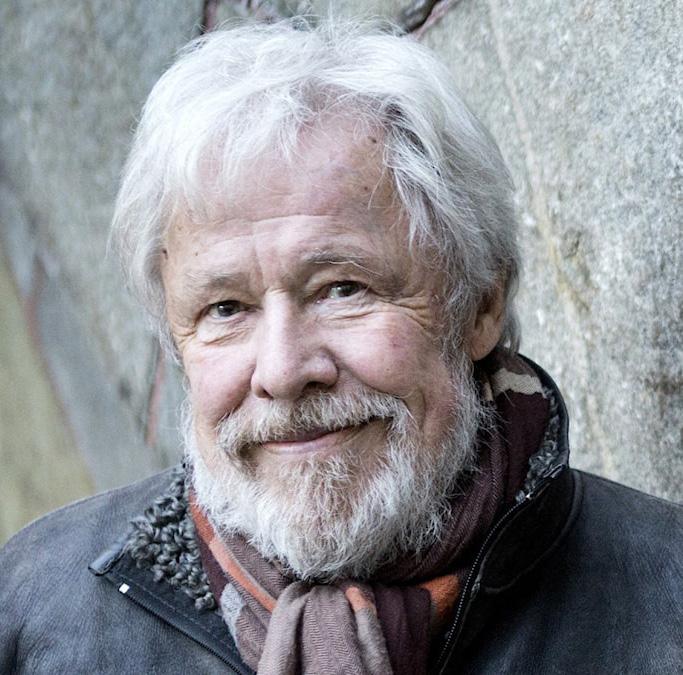H E RI TAG E
Swedish artist who defied convention
Hilma af Klint: A Swedish Woman Artist of a Different Stripe By Kitty Hughes
I
n the YouTube video, curator Iris Muller-Westermann stands in a silent exhibit space in the Malmö Moderna Museet surrounded by colorful oversized canvases, the work of a lesser known artist by the name of Hilma af Klint. The exhibit, scheduled to open last spring, was delayed when the museum was closed due to Covid-19. The Klint Show has been extended to February 21, 2021, with limited public viewing.
Portrait photograph of Hilma af Klint c. 1901
Although several museums have mounted shows of Klint’s work in the past decade, most notably at the Stockholm Moderna Museet (2013) and the Guggenheim (2018), Malmö is exhibiting the most
“No. 3, Youth” – one of the most striking of “The Ten Largest” – contrasts a bold orange background with suggestive spirals and twirls.
comprehensive collection of Klint’s work to date – not a small feat. Klint created a collection of more than 1,000 works and over 125 notebooks, most never seen in her lifetime. Art historians have argued that Klint invented abstract painting, preceding Wassily Kandinsky and Piet Mondrian by several years. Ironically, Klint chose to exhibit her more conventional, naturalistic work at major exhibits in Stockholm (1911) and Malmo (1940), where abstract works by Wassily Kandinsky were shown alongside hers. The public had no idea that Klint had started experimenting with abstraction five years earlier. Hilma af Klint was born in Stockholm in 1862, the fourth of five children in a family of some means. She attended the Royal Academy of Fine Arts in the late 1800s. Klint founded a group of women artists called “The Five,” who held seances and tracked their experiences in notebooks. Klint’s resulting
Temple Paintings (1906 – 1915) explored her spiritualist leanings in a bold new abstract format. The visible world consists of dualities – for example, dark, light; masculine, feminine; good, evil; but these polarities can reveal unifying truths. Klint had the ambition and drive to paint large, at a time when women were supposed to do watercolors on small easels in the parlor room corner. A group of works called “The Ten Largest” are over 10½ feet high and almost 8 feet wide. In 1917 she completed the Atom series, drawn by scientific discoveries that revealed a world not observable with the naked eye, of atoms, subatomic particles, electromagnetic waves and x-rays. Klint depicted invisible wave patterns and lively curlicues to convey mysterious hidden sources of matter. According to Peter Schjeldahl, in “Out of Time: Hilma af Klint’s Visionary Paintings” (The New Yorker, October 22, 2018), Theosophist Rudolf Steiner visited Klint’s studio in 1908 and “told Klint to give up otherworldliness […] She all but stopped work for the next four years and […] never recovered the selfless focus and intensity of her temple pictures […]” (p. 93) According to other accounts, Klint met Steiner in 1920 in Switzerland where she joined his newly formed Anthroposophical Society. She spent time in Switzerland from 1921 – 1930 and left no paintings after 1925. Perhaps she thought she had painted quite enough. Klint died in Djursholm, Sweden, in 1944, leaving her entire estate to her nephew.
[ ]
Swedish Press | Dec 2020/Jan 2021 19












